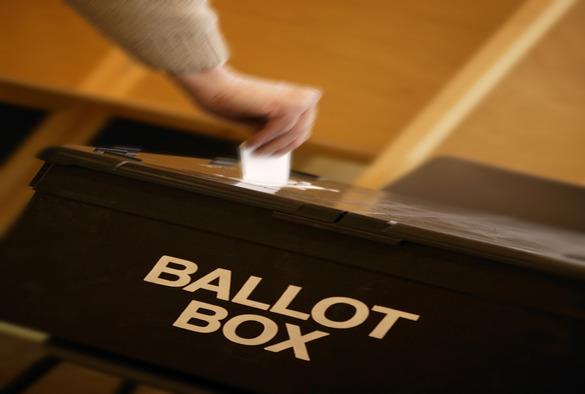This article, written by Professor Jon Tonge, in our Department of Politics was originally published in The Conversation:
Thursday May 4 sees one of the biggest English local elections in recent memory.
These are huge contests, covering 237 councils, of which 151 are holding all-out elections, with every seat up for grabs. In the other 86, one-third of the seats are being fought. A total of 8,000 seats are up for grabs across nearly 5,000 wards.
The battles represent the biggest verdict on the Conservative government this side of the looming general election, which must be held before the end of January 2025 and is realistically to take place next year.
The Conservatives have most to lose since the poll includes “shire” councils in rural locations, which are traditionally fertile Tory territory. The Conservatives are defending 83 local authorities and 3,366 seats – 42% of those being fought. Labour holds 49 councils and is defending 2,142 seats.
The Lib Dems hold 17 councils and 1,223 seats. There are nearly 1,000 independent or “hyper-local” councillors trying to retain wards and the Green party is defending 240.
What does a good night look like?
These seats were last contested in 2019, which seems a political lifetime ago. Theresa May was prime minister and was battling to get her Brexit deal through parliament after losing her majority in an ill-fated election two years previously. Jeremy Corbyn led Labour and Vince Cable led the Liberal Democrats.
May’s Conservatives managed to lose 1,330 council seats and poll only 28% of the vote that year, ensuring they would be the last local elections fought under her leadership.
That the Conservatives went on to win a handsome majority at the general election seven months later shows how a party can recover from an appalling local election. But within 100 days of the 2019 debacle, May had resigned from office and the Conservatives had installed Boris Johnson as their new leader. If the Conservatives do badly this year, changing the skipper is hardly an option.
It’s also worth noting that Corbyn’s Labour managed to lose seats in 2019, quite a feat for the opposition at that stage of the electoral cycle.
For Keir Starmer, expectations are way higher than under his now banished predecessor. They need to be lofty. Starmer needs a swing the size of Tony Blair’s in 1997 to win an outright majority in the next general election.
Gains of more than 600 seats and 30 councils on Thursday would indicate Labour is on course. For the Conservatives, keeping losses well below 700 seats would be a triumph of sorts, an indication Rishi Sunak is still in the game.
Which are the regions to look out for?
The prime minister faces a pincer movement. Labour could regain northern councils that had been lost to no overall control in places where the party has also lost parliamentary seats in recent years. Think Bolton and Burnley for starters. This could indicate a fight back in the areas that delivered such a devastating loss for Labour in the last general election.
In the south, however, the battle is often blue versus orange, as the Liberal Democrats pose the biggest threat to the Tories. Look out for Dacorum, West Berkshire and East Cambridgeshire councils which could all fall to Ed Davey’s party.
The Liberal Democrats are reviving. They have made gains at the last four local elections (nearly 800 at the comparison election of 2019). Their triumph in the Tiverton and Honiton by-election last year, on a massive 30% swing, hastened the end of Johnson.
Will voter ID change things?
For the first time, voters in these English elections will need to prove their identity to cast their ballot. Photographic identification is mandatory.
Not everyone likes the idea. The Electoral Reform Society thinks it has been introduced to solve a problem of impersonation that does not exist. Take up for voter authority certificates, available to those not holding appropriate ID, has been low.
Nonetheless, identification has been required at polling stations in Northern Ireland for two decades without causing problems. If fraud were the problem, arguably a more pressing focus would be postal voting, used to cast one-in-five votes and not subject to photographic checks.
Only one in three eligible voters will take part in Thursday’s elections. That’s a pity because local elections matter. Who controls your council is important. That’s unless you think bins, burials, green spaces, housing, leisure facilities, libraries, planning, schools and social services are all trivial.
Next year the UK chooses its central government – but local ones matter as well.
This article is republished from The Conversation under a Creative Commons license. Read the original article.
